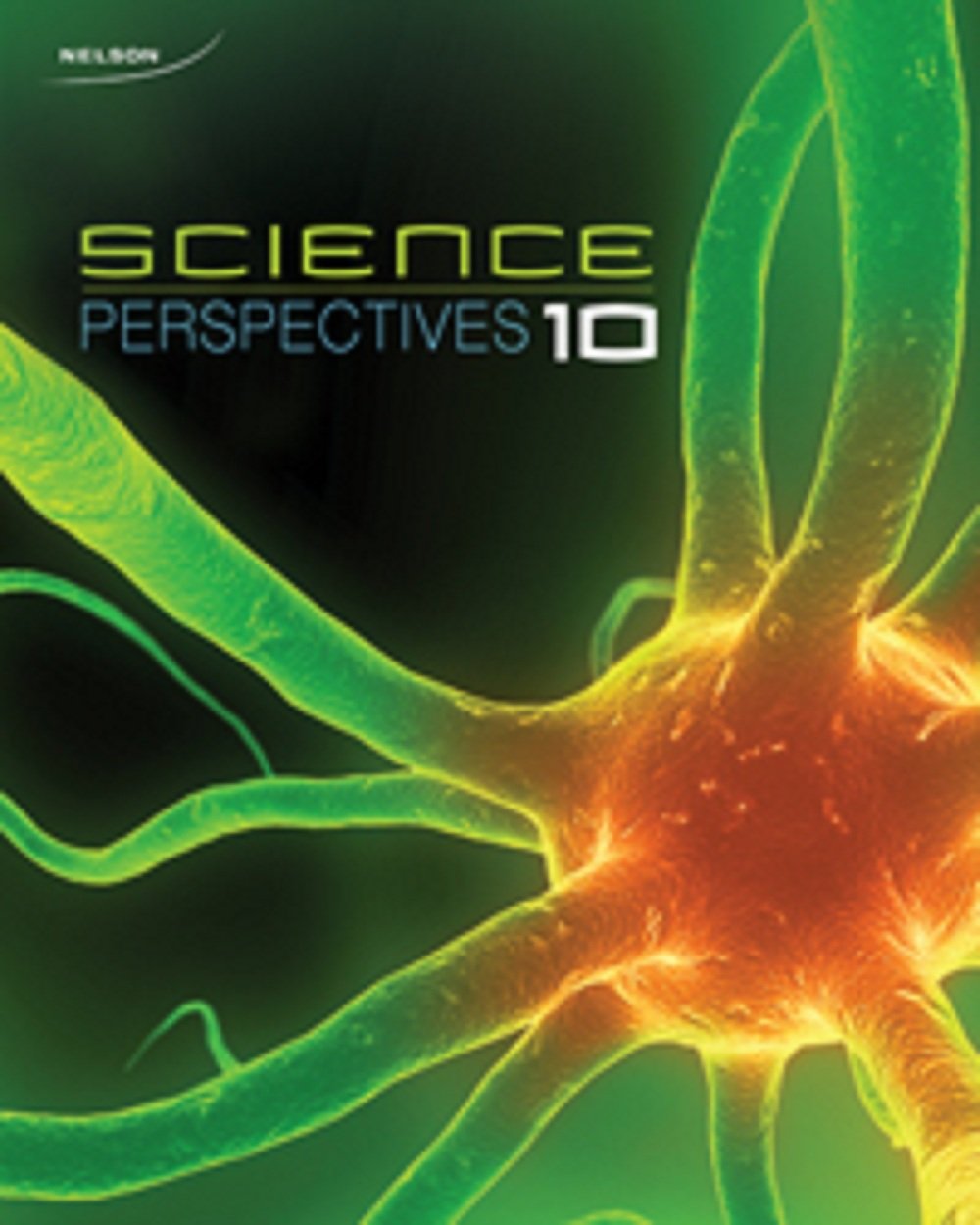
All Solutions
Section 13-6: The Human Eye
Both human eye and camera both have screen at the back where real image is formed by converging length. Screen in the human eye is retina and screen in the camera is either photographic film or charged couple device.
They are both capable of focusing a sharp image of the object which is manually done in the case of camera and which is controlled by eye muscles in the case of human eye.
Brain inverts this real image into the upright position because of which we are capable to see objects as they truly are which explains the statement “see with our brain” since the truly image of an object is formed by the brain not the eye.
$color{#c34632}text{Far}$-sightedness is an eye problem in which the person suffering from it is able to $color{#c34632}text{clearly}$ see $color{#c34632}text{distant}$ objects but is unable to see close objects clearly.
$color{#4257b2}text{Near}$-sightedness is an eye problem in which the person suffering from it is able to $color{#4257b2}text{clearly}$ see $color{#4257b2}text{close}$ objects but is unable to see distant objects clearly.
$color{#c34632}text{Far}$-sightedness can be corrected using a $color{#c34632}text{converging lens}$ while $color{#4257b2}text{near}$-sightedness can be corrected using a $color{#4257b2}text{diverging lens}$.
Image which is formed behind it is blurred.
$textit{b.}$, This can be fixed by converging lens.
This is a typical property of converging lenses since they converge light.
Nearsightedness is corrected by using a diverging lens, therefore, glasses of this type cannot be used for that purpose.

